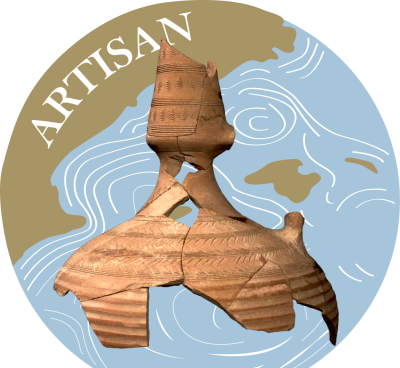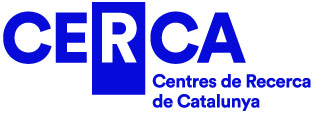
The ARTISAN project focuses on ceramics from the 5th to the 9th centuries along the eastern coast of the Iberian Peninsula, addressing recent advancements in the field while tackling the challenges of integrating local data within a broader territorial and historical context. Current research on individual sites is fragmented, lacking a cohesive regional perspective. Although P. Reynolds’ study (2010) provides a significant Mediterranean-wide framework, it does not fully address the regional dynamics of the Iberian Peninsula. Since then, little progress has been made, with most initiatives focusing on chronological proposals based on reference publications or online catalogues. This fragmented approach underscores the need for a unified methodological and programmatic framework to interpret new ceramic contexts effectively.
The project proposes a geographically and chronologically extensive study area to define the cultural and economic interactions of this complex period. By analyzing shared and distinctive elements of this region, ARTISAN aims to establish meaningful comparisons with studies in related areas, such as Tolmo de Minateda, Mérida, Córdoba, Recópolis, and Vega Baja (Bonifay and Bernal 2008; Casal 2008; Alba and Gutiérrez 2008; Olmo and Castro 2011; Aranda 2013; Amorós 2020). The study also seeks to explore how geography, administrative and religious divisions, and connections with the Balearic Islands and other regions influenced the three dioceses under examination.
A unified methodology is central to this project, enabling effective comparisons between areas, reducing methodological biases, and enhancing the relevance of regional analyses. This approach will not only strengthen current research but also provide a foundation for future investigations into Iberian and Mediterranean ceramics. The creation of a ceramic atlas and a centralized database will generate a detailed cultural and economic map of the region, offering valuable tools for comparative studies and insights into regional complexities. The metadata produced will be freely accessible in the final phase of the project, fostering transparency and collaboration.
ARTISAN’s innovative approach addresses a key transitional period in the history of the Iberian Peninsula, characterized by cultural and economic interactions between local and Mediterranean contexts. By filling a significant gap in the study of ceramics from this era, the project contributes to a deeper understanding of regional dynamics and cultural transformation processes. The study emphasizes the simultaneous phenomena of continuity and change in ceramic traditions, analyzing how late Roman practices persisted while adapting to new influences from the Mediterranean and Eastern regions. Regional diversity will be explored to highlight specificities of the study area, positioning ceramics as vital indicators of cultural exchanges and interactions.
The project also examines technical and technological innovations, identifying shifts in production methods and exploring resistance to external influences in regions where local ceramic practices remained isolated from broader communication networks. Starting from the Hispanic-Roman substrate, ARTISAN seeks to trace the influence of Visigothic, Byzantine, and later, Islamic cultural elements, offering a comprehensive view of the period’s material culture.
In sum, ARTISAN’s adoption of a broad, interdisciplinary, and comparative approach not only addresses gaps in current knowledge but also establishes a framework for future research in Iberian and Mediterranean archaeology. By producing open-access data and analysis tools, the project aims to support both academic studies and professional archaeology, enhancing our understanding of the cultural and economic evolution of the Iberian Peninsula between the 5th and 9th centuries.
Project funded by Ministerio de Ciencia e Innovación and European Union






